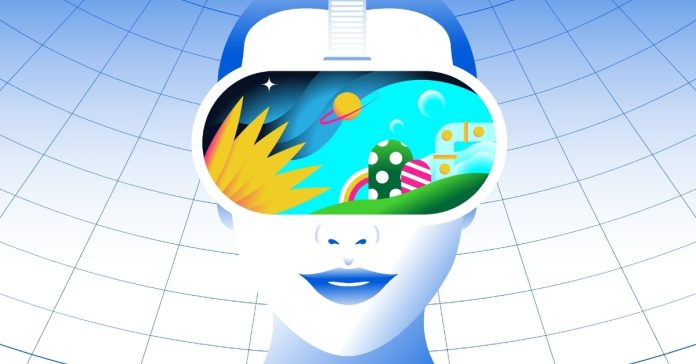“Am I real or not?” a digital woman asked in a Matrix-inspired demo initially released two years ago by the Australia-based Replica Studios. The woman sounds a lot more distressed than your average video game character. The character was having an existential crisis. It was powered by artificial intelligence. A human being had just told her that she wasn’t real.
The New York Times reports on not just Replica Studio’s AI-driven demo, which populates a world with dozens of characters that are essentially little ChatGPTs with faces and bodies. They also covered the broader world of AI-generated video game assets showcased at this year’s Game Developers Conference, the annual gathering where industry titans and vital yet unknown behind-the-scenes designers mingle and attend each other’s lectures.
Videos by VICE
This year’s conference was dominated by AI demos that filled the conference with a sense of unease. It seems that many of those attendees were watching a technology being specifically created, not to innovate, but to create another tool for them to use, and ultimately to push them out of a job. And maybe out of the industry entirely, to be replaced with a machine that doesn’t ask for a raise or days off.
The game industry has been hit with round after round of mass layoffs over the past few years, the most recent being Microsoft’s layoff of 9,000 employees, mostly from its gaming sector, to further bolster the company’s already massive AI investments.
Studios struggling with ballooning budgets and pressure to produce photorealistic graphics are betting that AI can help cut costs. But surprise, surprise: it’s wildly expensive to implement.
In one particularly fascinating moment, the New York Times spoke with Kylan Gibbs, CEO of Inworld AI, a company that, among many other things, hopes to populate video games with characters that are, essentially, a bunch of little ChatGPTs. To the times he said, “It’s a cheaper way to make games, but it is going to cost you 5,000 times more to run a game.”
So… maybe not cheap at all?
As for Replica Studios, the company behind the Matrix-like demo of the NPC having an existential crisis, they’ve already gone under. They were crushed by the rising costs and blazing pace of the very tech the company centered itself around.
